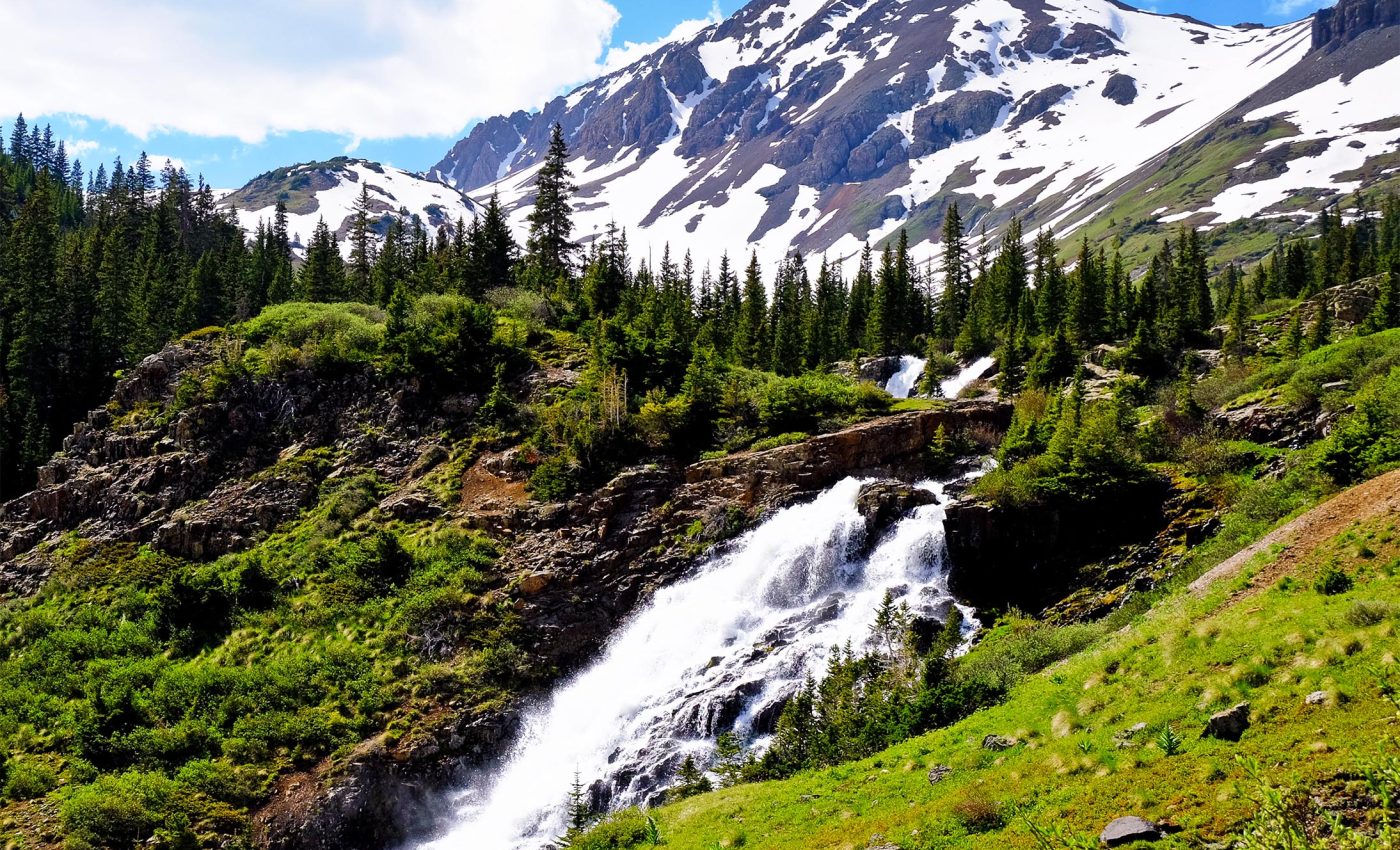
Water flowing from springs and rivers is much older than believed
People who live in the Rocky Mountains and across the high deserts of the West often think the water gushing from roadside springs started its journey only months earlier in the snowfields above.
Fresh data say otherwise, showing that a big share of the clear, cold flow first seeped into the ground more than a decade ago.
Paul Brooks and colleagues at the University of Utah traced that hidden journey using tritium, a rare form of hydrogen whose slow radioactive decay works like a stopwatch for groundwater.
Their sampling campaign covered 42 headwater catchments from the Front Range of Colorado to the Sierra Nevada, providing the tightest age map yet for water emerging during both mid‑winter base flow and the dramatic pulse of spring melt.
Tracing the groundwater clock
Tritium has a half‑life of about 12.3 years, so every atom lost helps scientists calculate how long water has been out of touch with the atmosphere.
By counting those atoms, the team found that the typical snowflake spends 5.7 years underground before re‑appearing in a creek, and in some sandy basins the delay stretches past 15 years.
“This means most of the runoff we see each April is actually old water,” said Brooks.
That surprise upends long‑standing water‑supply models that assumed only a thin soil layer stored snowmelt before it slipped downslope.
Mountains hiding a giant reserve
Hydrologists once pictured mountain bedrock as a tight lid, yet the new isotope evidence says otherwise.
Sedimentary and clastic layers act like vast sponges, holding volumes of water equal to eight times a year’s worth of precipitation, while hard granite or shale offers barely one‑third of that capacity.
Because the slower, thicker reservoirs damp swings in wet and dry years, they also mask early signals of drought. Sara Warix, a co‑author on the project, warned that “inputs to our systems are changing,” and managers who ignore subsurface stores risk big forecasting errors.
Geology and groundwater connection
In porous formations, older groundwater mixes smoothly with fresh snowmelt, yielding streams that keep flowing long after anemic winters.
Hard‑rock catchments, by contrast, shed water quickly, making them more vulnerable to multi‑year dry spells and stressing forests that rely on deep moisture during late‑summer heat waves.
The age gap shows up in chemistry as well: deeper flow paths leach minerals, giving creeks a distinct signature that simple rain‑runoff formulas miss.
That chemical flag has already helped ecologists explain why some alpine trees survive back‑to‑back droughts while others wilt.
Rethinking western water forecasts
For decades, agencies leaned on the SNOTEL snowpack network to predict reservoir inflows.
When those gauges lost skill after 2000, modelers blamed warmer air and shifting storms, but Brooks’s isotope record points to an overlooked culprit – multi‑year groundwater storage that smears the link between today’s snow and next summer’s streams
By adding a twice‑yearly tritium test, once in deep winter and again at peak melt, managers could watch subsurface stores refill or drain in near real time.
Such early warnings would have flagged 2022, a year when average mountain snow hid record‑low groundwater and produced shockingly weak runoff.
Why does any of this matter?
Urban water utilities that rely on surface runoff need to revisit how they plan for storage and drought response.
With a large share of streamflow made up of years-old groundwater, short-term snowpack levels alone don’t predict what will flow into treatment plants and reservoirs.
Agricultural users may also need to adjust irrigation planning. Fields downstream from sedimentary basins might keep receiving steady water even during light winters, while farms near hard rock zones could face sharp shortages unless deeper reserves are considered.
Living with a time‑shifted tap
The discovery does not mean less water is available, but it does change when that water shows up. Communities that bank on quick melt pulses might need to rethink reservoir rules to account for the slower, older flow that will keep coming even after a lean snow season.
It also suggests that restoring beaver ponds or protecting meadow wetlands could lengthen underground residence times further, adding natural “interest” to the regional water budget.
Conversely, clear‑cut logging or high‑intensity wildfires on hard‑rock slopes may speed the clock, flushing precious stores before they can be sequestered for dry years.
Brooks sees opportunity in the new numbers, not just warnings. “By tracking groundwater age, we can cut forecast uncertainty in half months before the first shoots of grass appear,” he said.
Western water law, rooted in 19th‑century concepts of surface flow, rarely accounts for decades‑old groundwater that still fuels rivers.
Updating those statutes will be contentious, yet the isotope record now makes the invisible reservoir impossible to ignore.
The study is published in Communications Earth & Environment.
—–
Like what you read? Subscribe to our newsletter for engaging articles, exclusive content, and the latest updates.
Check us out on EarthSnap, a free app brought to you by Eric Ralls and Earth.com.
—–













